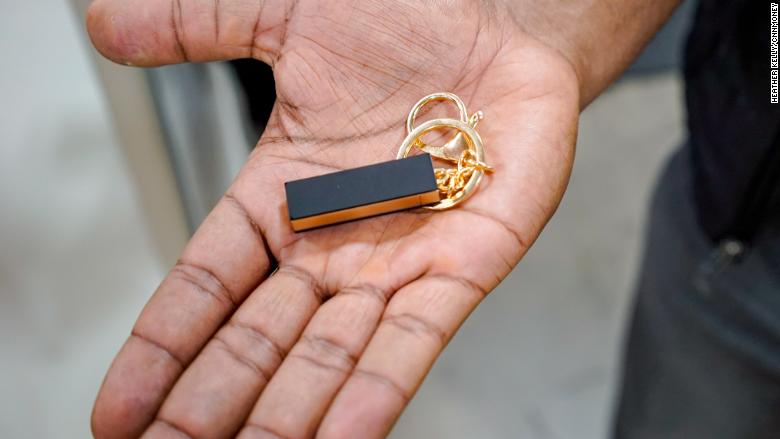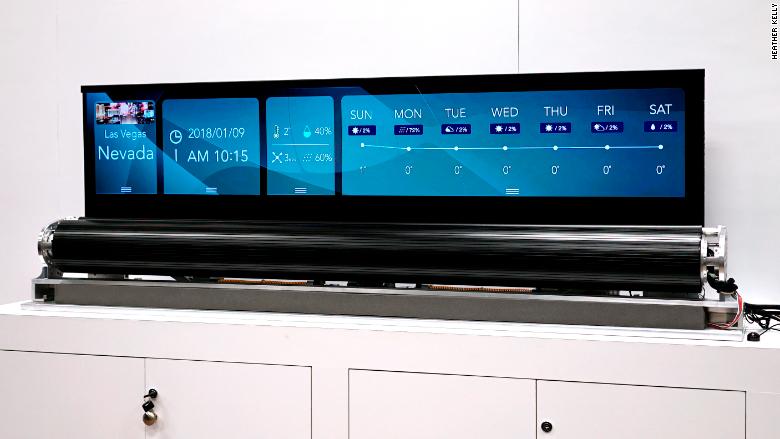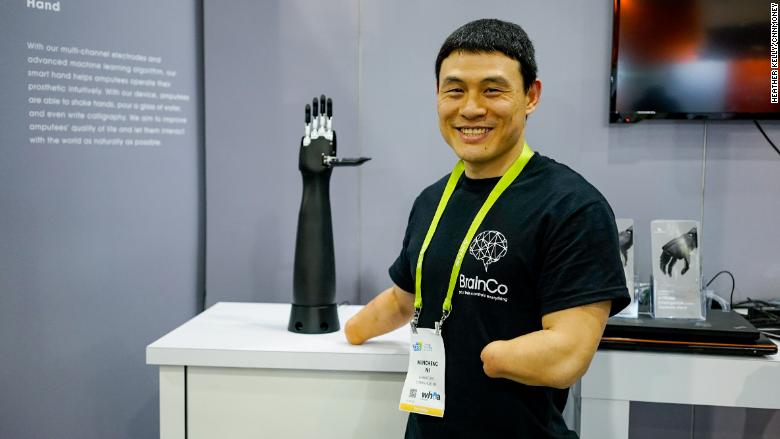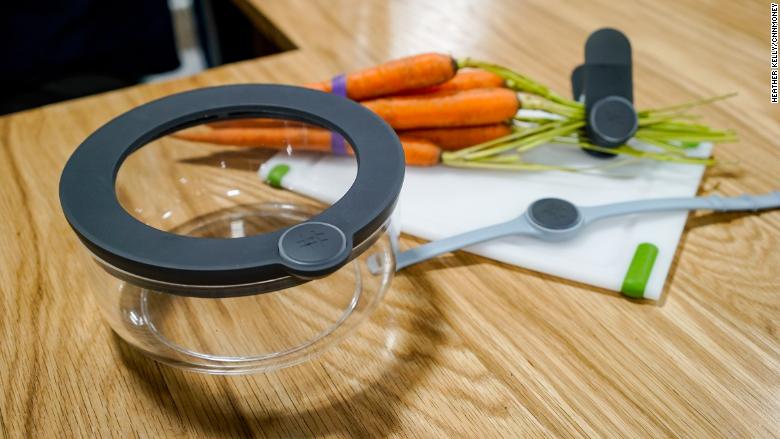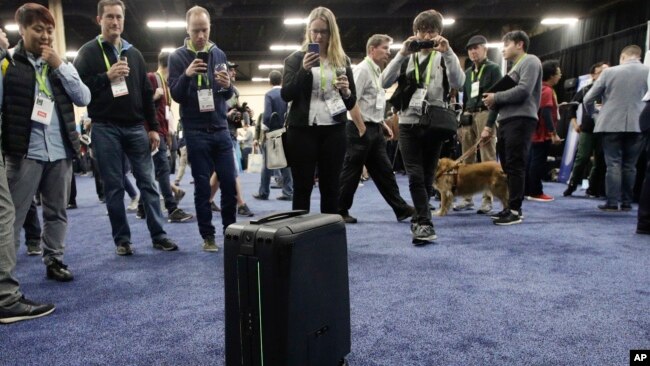Antidepressants; the go-to treatment for depression, or generalised anxiety. It’s incredible when you think about it, the fact that you can have a debilitating mood disorder, take a few pills, and feel better. It’s unbelievable that medical science has progressed so far that we now fully understand how the human brain produces moods and other emotions, so can manipulate them with designer drugs.
That’s right, it is unbelievable. Because it isn’t the case. The fact that antidepressants are now so common is something of a mixed blessing. On one hand, anything that helps reduce stigma and lets those afflicted know they aren’t alone can only be helpful. Depression is incredibly common, so this awareness can literally save many lives.
On the other hand, familiarity does not automatically mean understanding. Nearly everyone has a smartphone these days, but how many people, if pushed, could construct a touchscreen? Not many, I’d wager. And so it is with depression and antidepressants. For all the coverage and opinion pieces produced about them, the details around how they work remain somewhat murky and elusive.
Actually, in the case of antidepressants, it’s more a question of why they work, rather than how. Most antidepressants, from the earliest Trycyclics and Monamine Oxidase inhibitors, to the ubiquitous modern day selective serotonin reuptake inhibitors (SSRIs), work by increasing the levels of specific neurotransmitters in the brain, usually by preventing them from being broken down and reabsorbed into the neurons, meaning they linger in the synapses longer, causing more activity, so “compensating” for the reduced overall levels. Antidepressants make the remaining neurotransmitters work twice as hard, so overall activity is more “normal”, so to speak.
But knowing that antidepressants do this doesn’t actually explain how they end up alleviating depression. In a way, neurotransmitters are to the brain what the alphabet is to language; the basic elements of much richer, more complex contructs. So, boosting neurotransmitter levels throughout the brain doesn’t really tell us anything specific. It’s like having to restore a classic painting and being told it “needs more green”; that may be true, but where? How much? What shade? It’s too unspecific to tell us anything useful.

The truth is, antidepressants were discovered largely by accident; Swiss scientists looking for treatments for schizophrenia in the 1950s realised a certain experimental substance caused euphoria in their subjects. And lo, antidepressants were born. Nothing unusual here, luck and serendipity are behind the discoveries of many drugs. But this led to the monoamine theory of depression, which argues that, because most antidepressants increase levels of neurotransmitters of the monoamine class, depression is caused by depletion of monoamines in the brain.
Except, the monoamine hypothesis is increasingly seen as insufficient. It’s part of what’s going on, sure, but not the whole story. For one, antidepressants boost neurotransmitter activity pretty much immediately, but therapeutic effects usually take weeks to kick in. Why? It’s like filling your car’s empty tank with petrol and it only starting to run again a month later; it means no fuel may have been a problem, but it’s clearly not the only problem.
There are other possible explanations. Neuroplasticity, the ability to form new connections between neurons, has been shown to be impaired in depressed patients. The theory is that this prevents the brain from responding “correctly” aversive stimuli and stress. Something bad happens, and the impaired plasticity means the brain is more ‘fixed’ as is, like a cake left out too long, preventing moving on, adapting, or escaping the negative mindset, and thus depression. Antidepressants also gradually increase neuroplasticity, so this may be actually why they work as they do, long after the transmitter levels are raised. It’s not like putting fuel in a car, it’s more like fertilising a plant; it takes time for the helpful elements to be absorbed into the system.
There are other possibilities. Inflammation causing undue stress on the brain is one, an overactive anterior cingulate cortex is another. Essentially, it’s complicated, and we can’t confirm anything yet.
Basically, depression isn’t a broken leg, or a cold. We can’t look at it, say “that’s what’s wrong, right there” and set about fixing it. Psychiatric issues are never that straightforward (and that’s without the many overlaps with more physical ailments). Part of the problem is that “depression” is more of an all-purpose term for something that manifests in many in different ways. It’s a mood disorder, but how mood is affected can vary substantially. Some end up with an unshakable black despair, others experience no mood to speak of, just feeling flat, empty and emotionless. Some (mostly men) become constantly angry and restless.
This is part of the reason why it’s proven so difficult to establish an underlying cause. The human brain is the most complex thing, and even a minor flaw or glitch in the workings can manifest in various, unexpected ways. And there’s no reason to assume that every case of depression has exactly the same cause. It’s not surprising, then, that antidepressants don’t work, or even make things worse, for many patients. There are other approaches too, but then these may not work for you either. If the causes and effects of depression vary considerably from person to person, so would the effectiveness of treatments.

Antidepressants also have many potential side effects, which themselves vary from person to person. And while the therapeutic effects (which many argue are themselves overstated or based on questionable evidence) take weeks to occur, the same doesn’t apply to the unpleasant side effects, as Deborah Orr recently discovered.
Given all this, you may wonder how antidepressants ended up being so common in the first place? Well, it may boil down to the fact that, for all the flaws and problems they may have, they’re better than nothing, especially when the alternative is untreated depression. Some take a more cynical view, arguing that it’s pharmaceutical companies profiting by pushing profitable pills on people who don’t really need them.
Or, in the UK at least, it may be something to do lack of time and resources. In an ideal world, people with depression would have easy access to CBT or other interventions; given how every patient is different and what works for them is often a matter of trial and error. But, in an increasingly-underfunded and overworked NHS, this is increasingly difficult, even impossible, to offer. Many of the interpersonal therapies for depression and other disorders involve many hours of contact time with highly trained (ie expensive) professionals. Given the choice between that or giving someone a box of tablets and saying “see you in a month”, the latter would likely be the go-to option much of the time.
Overall, the widespread use of antidepressants is likely down to numerous complex causes, and the effects are unpredictable and confusing. Much like depression itself, which seems appropriate.
This article is adapted from Dean Burnett’s book The Idiot Brain, released in paperback in the US on 11 July.



